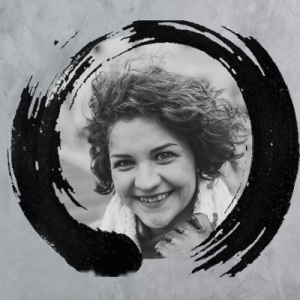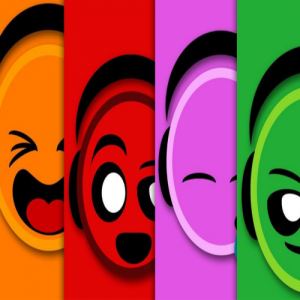Those that read my blog regularly will know that I love finding ways to improve myself; communication skills being one of my focus areas for many years now. Anthony Robbins (who I am reading at the moment) states that “the quality of your life is influenced by the quality of your communication” and to some extent I agree as we live in a world where (unless you are a recluse) you will communicate with people to enable life. I was listening to one of his tapes and doing some light reading and found an interesting excerpt:
“One study at UCLA indicated that up to 93 per cent of communication effectiveness is determined by nonverbal cues. Another study indicated that the impact of a performance was determined by 7 per cent by the words used, 38 per cent by voice quality, and 55 per cent by the nonverbal communication.”
I personally translate this to 7% being the words that come out of your mouth, 38% being the tonality and 55% being your physical projection. Now whether you agree with this or not is entirely your opinion however I do think that it would be interesting to apply Non-Verbal Cues to Salsa.
Applying to Salsa
If we translate verbal communication in the real world to communicate in Salsa (leading and following); then we can say that when dancing only 7% of what you transfer is through your lead. I have always liked to think of the music as the conversation topic and your choice of moves being the words.
38% will then be associated with a tonality which in the Salsa I would equate to how you lead i.e. are you soft, firm, hard, smooth? This all plays a part in the communication between you are your partner. So the quality of your conversation and the experience will no doubt be influenced by this.
So that leaves us with 55% of the communication as physical projection which I will translate to the dancer’s energy and attitude. Are they Sad? Bored? Grumpy? What is their posture like and is it inviting? I personally find it hard to have meaningful conversations in the real world with someone that is bored, grumpy or not in the mood and will shy away from these people for this period. This is just a personal choice on how I like to spend my time.
Is it important?
I wonder how many people have actually spent the time to think about the non-verbal cues that they project in Salsa. I have some friends that tell me that they will go to a club regularly and no one will ask them to dance whereas some friends will go to the same club and not be able to sit down as people will continue to ask them to dance. Most people will agree that if someone is smiling they will be far more inviting and will encourage you to ask for a dance as opposed to someone that is not. But why should we stop smiling to get more dances?
As I write this article I could not help but wonder about the differences that this could make not just in your Salsa but in how you appeal to people in every aspect of your life.





Leave a Reply